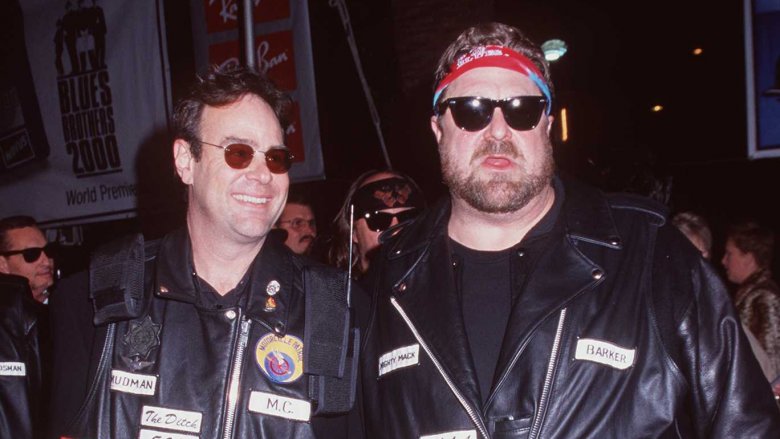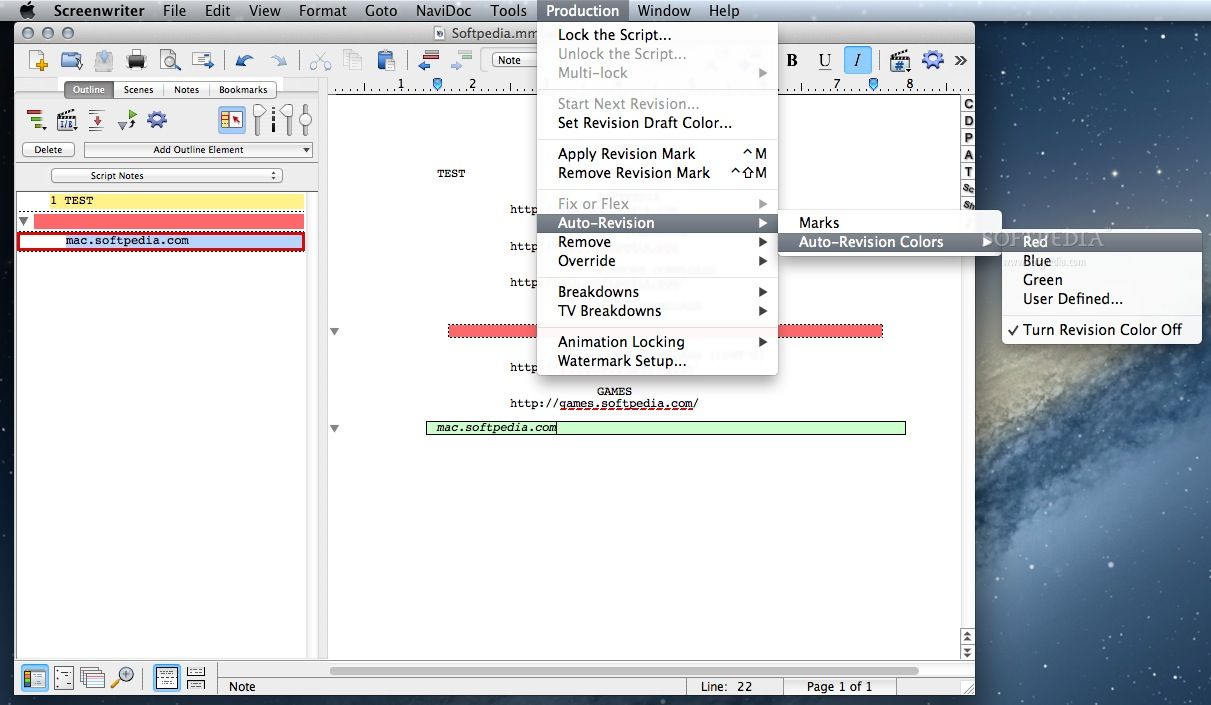

For many straights using Easy Rider as a voyeuristic peephole into hippie culture, this was their first acid experience-and it still holds a haze of druggy madness that makes it authentic. It probably helped that the cast and crew were-according to Hopper-out of their gourd on “speed, wine and weed” during the shoot. The scene where Fonda hugs a statue while calling out for his dead mother is bizarre and also oddly affecting. While the fast cutting, bizarre imagery, mumbled dialogue and fragmented narrative have since become movie-acid-trip cliché, at the time they were fresh, innovative and effective enough to be widely imitated. The slightly hackneyed feel of this scene when viewed today is actually a testament to Easy Rider’s success in portraying Peter Fonda and Dennis Hopper’s pivotal acid trip. While this piece of failed propaganda has rightly become the stuff of comedy legend, the spirit of Reefer Madness lives on, thanks to the good folks over at Above the Influence and Project SAM. You could use any of the smoking scenes to highlight the movie’s hilariously melodramatic and overwrought style, but this hilarious sequence -where the stoned guy implores the girl to play “faster… FASTER!” while gurning maniacally-is my personal favorite. One of the most famous cinematic depictions of marijuana use, this infamous anti-pot exploitation flick went on to become a midnight-movie favorite among the stoner crowd. Hold on tight-things are about to get weird… 1. Inspired by both the best and worst that cinema has to offer, presents a chronological list of the 10 most notable drug scenes in cinematic history, meticulously rated for realism. Even in the glory days of the psychedelic ‘60s, for every Easy Rider (1969), there were a dozen awful cheapies like Alice in Acidland (1969) or The Weird World of LSD (1967). But although the general standard may have improved since then, it’s still true that in Hollywood, drugs are often no more than a prop-a lazy screenwriter’s short cut to supposed edginess. Things changed radically in-you guessed it-the ‘60s, when the transformation of social mores brought a slew of unashamedly druggy movies to the big screen. Still, movies like Narcotic (1933), The Cocaine Fiends (1935) and Marihuana: The Weed With Roots in Hell(1936) did a roaring trade by cobbling together woefully inaccurate, tabloid-level scare stories to make a cheap buck on the exploitation circuit.

In the early days of Hollywood the Hays Code, introduced in 1930, ensured that an ostensible purpose of warning people away with an anti-drug message was the only way for filmmakers to get a titillating glimpse of drugs onto the screen.

Fixing scenes in movie magic screenwriter 2000 how to#
Since movies began, directors have struggled, both politically and artistically, with how to translate the drug experience into a visual medium.


 0 kommentar(er)
0 kommentar(er)
